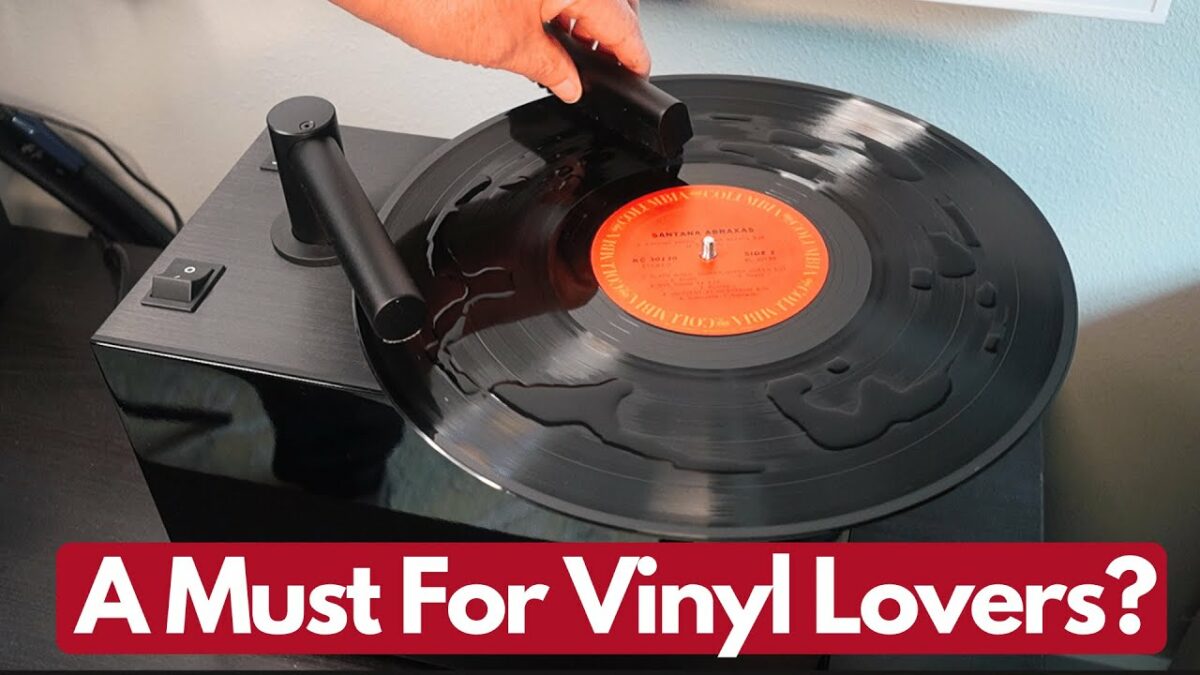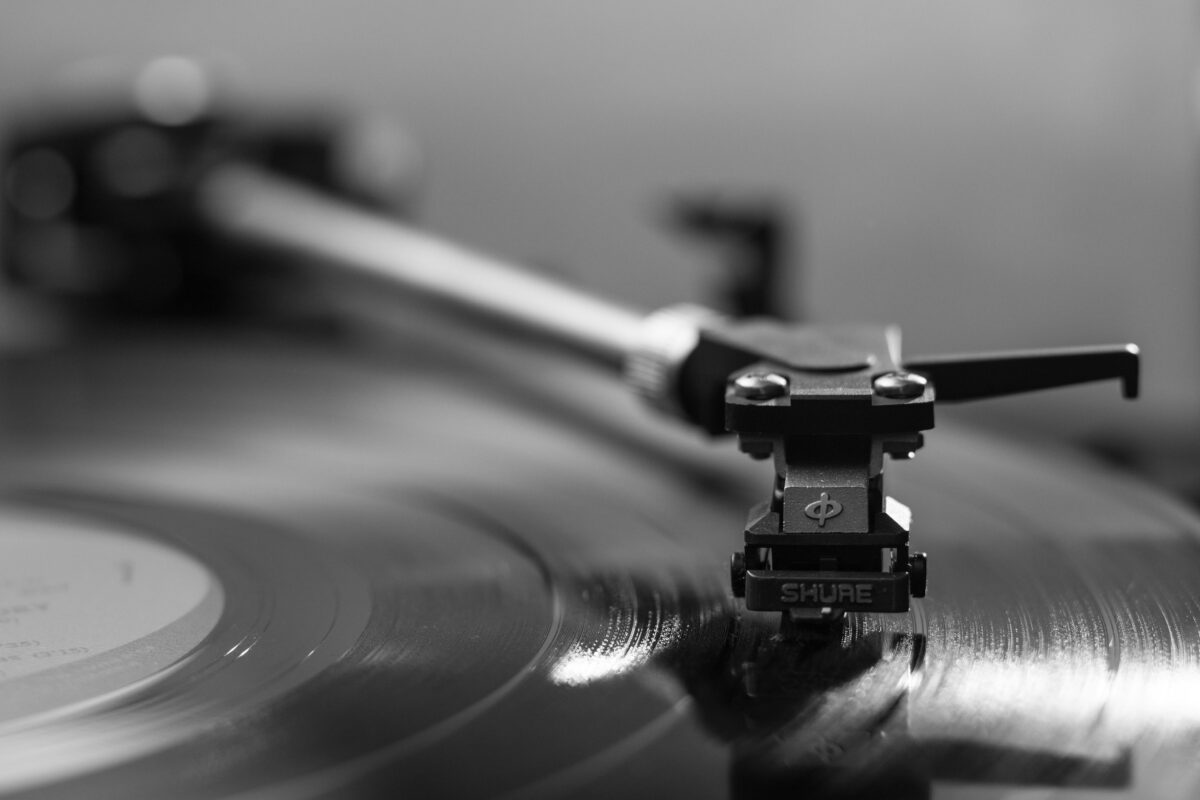
The Sound Organisation (TSO), distributors of DALI loudspeakers, Rega turntables and electronics, PMC loudspeakers, Chord cables, and various and sundry high-end accessories hosted a gathering of audio journalists at its Dallas headquarters in September. The occasion was the launch of the DALI Rubicon Series loudspeakers. The significance of the introduction was underscored by an accompanying meet and greet with DALI CEO Lars Worre.

Following our welcome by TSO president Steve Daniels and the Sound Org crew, there was a brief tour of the TSO facility—the stacks of Rega turntables a welcome sight to all. Worre then gave the assembled journalists a brief history of the designs and design philosophy of the thirty-one-year-old Danish company. He noted that DALI remains dedicated to focusing only on the production of loudspeakers. Some hard numbers: DALI’s 200 employees currently produce 250,000 loudspeakers per year in its 190,000 square-foot factory. It also has a sister factory in Ninjbo, China—wholly owned by DALI and staffed with DALI management—that produces the Zensor line. DALI currently offers product in 65 markets worldwide.

In his remarks, Worre repeatedly returned to the subject of test measurements versus critical listening. Measurements, he emphasized are “not enough,” only a distinct part of a much larger equation to achieve what he described as “the magic moment,” which for DALI equates to clarity, intelligibility, articulation, and holographic three-dimensionality. To this end DALI has concentrated its attention on lowering mechanical losses from enclosures and internal components, maintaining timing, and making the speaker load amplifier-friendly. DALI’s viewpoint on crossovers is a deceptively simple one based on the idea that the crossover should only be tasked to distribute frequencies, not to fix electrical or mechanical design problems—the surest way to disturb crucial time relationships. In-room power response is a mantra, as DALI does not aim to strictly optimize for on-axis; rather its goal is wide dispersion and sound field coverage so that, for example, a signal at +20 degrees off-axis is equal to -20 degrees off-axis.

Following this prelude (and a tasty buffet lunch) we moved on to the main event—a show-and-tell followed by a listening session with DALI’s new Rubicon line. The objective of Rubicon was to bring the high performance of DALI’s top Epicon Series into products that would redefine the sweet spot of the DALI line. Rubicon includes five designs—a trio of floorstanders (the Rubicon 5, 6, and 8), the Rubicon 2 compact stand-mount, and the Rubicon LCR. Borrowing visual cues from the Mentor Series, the five models feature all-MDF cabinets and are built around a newly designed wood-fiber-cone 6.5″ woofer with low-loss rubber surrounds and DALI’s trademark hybrid tweeter module (an ultra-light soft dome mated with a high-frequency ribbon). In the case of the new woofer, DALI engineers devised a less complex version of its Epicon-derived Linear Drive System, critical for reducing flux density, which affects odd-order harmonics. Its SMC (Soft Magnetic Compound) is used only in the pole piece, which simplifies production and makes many of the technology’s benefits available to the Rubicons. The hybrid tweeter recently received a make-over and now uses the same soft-dome diaphragm of the Epicon Series. The exception is the Rubicon 2 compact which uses a new 29mm soft dome in place of the hybrid tweeter module.

Cleverly each model essentially builds upon the other by simply adding woofers and increasing cabinet volume. The Rubicon 5 uses the compact Rubicon 2 as a starting point, but enlarges the cabinet into a floorstander for greater bass extension. The Rubicon 6 further enlarges the cabinet and adds a second woofer. The line culminates in the Rubicon 8, which adds yet a third woofer in a more complex alignment. Each midrange and bass driver is sectioned off and tuned individually in all models. Dedicated bass-reflex ports are placed directly behind each woofer to minimize turbulence and optimize timing. DALI designed the internal signal path of the Rubicon Series to be as short as possible. For example, mounting the crossover directly on the back of the terminals ensures that audio signals from the speaker cables are split up into the correct frequency ranges as soon as they enter the speakers.
As always, the listening session was where the rubber meets the road. The writers were ushered into TSO’s bespoke listening room for a “small” system demo that first featured the Rubicon 2 compact and lower-priced Rega electronics and, later on, the flagship Rubicon 8, which was supported by the Rega RP10 turntable with Alpheta mc cartridge, Rega Ios Reference mc phonostage, Rega Saturn R DAC/CD player, and Rega Osiris Reference integrated. Chord Co. cabling was used throughout, as was Audience power distribution. TSO’s listening room is deserving of an article all to itself. The listening room was not only attractive to the eye but acoustically a treat for the ear. Its dimensions are based on the Golden Ratio, with the rear wall being slightly wider than the front to help break up standing waves. Room ventilation has been optimized, and there are 20A dedicated circuits and other acoustic room-tuning mods and tweaks throughout. Small-speaker aficionado that I am, my expectations ran high for the Rubicon 2. What I was most eager to hear in these unfamiliar settings was how the smallest member of the Rubicon line performed against the Rubicon 8. In an ideal world, the basic midrange character of a line of speakers should be easily identifiable. In this challenge the Rubicon 2 and the Rubicon 8 passed with flying colors. Both were weighty and robustly dynamic with a chewy midband that suggested the presence and the physical body of instruments in the room. The big 8 obviously had the advantage of bass extension, a broader dynamic envelope, and, by virtue of the hybrid tweeter, greater top-end air. With two of my favorite recordings—the John Rutter Requiem and Appalachian Journey with Yo Yo Ma, Edgar Meyer, and Mark O’Connor—the compact Rubicon 2 nearly matched the R8 for midband expressiveness— particularly impressive since it was giving away two woofers and the ribbon supertweeter in this contest. Ultimately, it didn’t quite possess the skyward air and harmonics that lift the voices of the Turtle Creek Chorale to the ceiling, nor the ominous rumble of the organ pedal points; still, you’d never think that these exceptional speakers were anything other than siblings. Look for a full review of the Rubicon 6 in a forthcoming issue. Price: Rubicon 8, $7995; R6, $5995; R5, $4595; R2, $2995; LCR, $1695. soundorg.com.

By Neil Gader
My love of music largely predates my enthusiasm for audio. I grew up Los Angeles in a house where music was constantly playing on the stereo (Altecs, if you’re interested). It ranged from my mom listening to hit Broadway musicals to my sister’s early Bob Dylan, Joan Baez, Beatles, and Stones LPs, and dad’s constant companions, Frank Sinatra and Tony Bennett. With the British Invasion, I immediately picked up a guitar and took piano lessons and have been playing ever since. Following graduation from UCLA I became a writing member of the Lehman Engel’s BMI Musical Theater Workshops in New York–working in advertising to pay the bills. I’ve co-written bunches of songs, some published, some recorded. In 1995 I co-produced an award-winning short fiction movie that did well on the international film-festival circuit. I was introduced to Harry Pearson in the early 70s by a mutual friend. At that time Harry was still working full-time for Long Island’s Newsday even as he was writing Issue 1 of TAS during his off hours. We struck up a decades-long friendship that ultimately turned into a writing gig that has proved both stimulating and rewarding. In terms of music reproduction, I find myself listening more than ever for the “little” things. Low-level resolving power, dynamic gradients, shadings, timbral color and contrasts. Listening to a lot of vocals and solo piano has always helped me recalibrate and nail down what I’m hearing. Tonal neutrality and presence are important to me but small deviations are not disqualifying. But I am quite sensitive to treble over-reach, and find dry, hyper-detailed systems intriguing but inauthentic compared with the concert-going experience. For me, true musicality conveys the cozy warmth of a room with a fireplace not the icy cold of an igloo. Currently I split my time between Santa Fe, New Mexico and Studio City, California with my wife Judi Dickerson, an acting, voice, and dialect coach, along with border collies Ivy and Alfie.
More articles from this editor





















